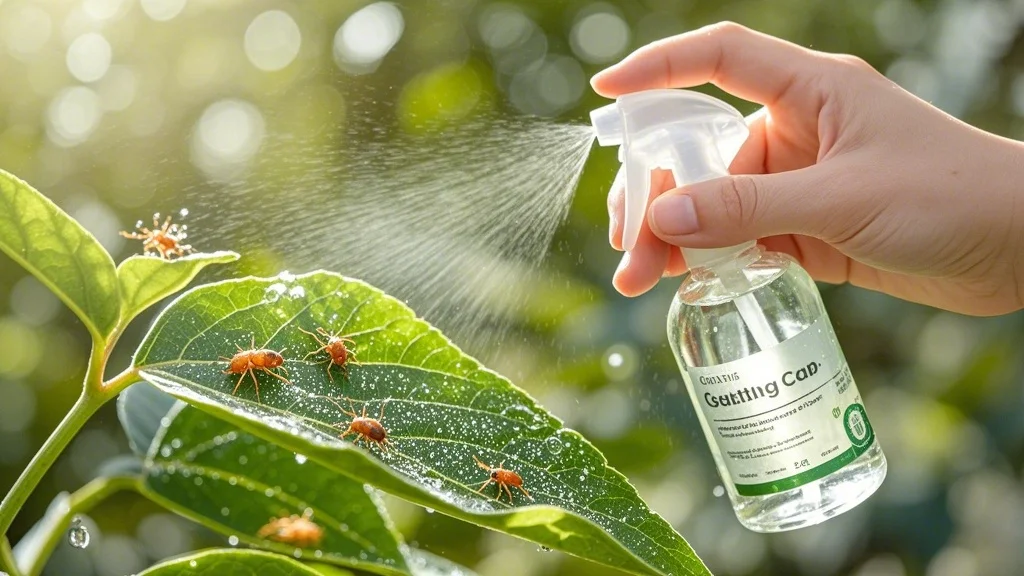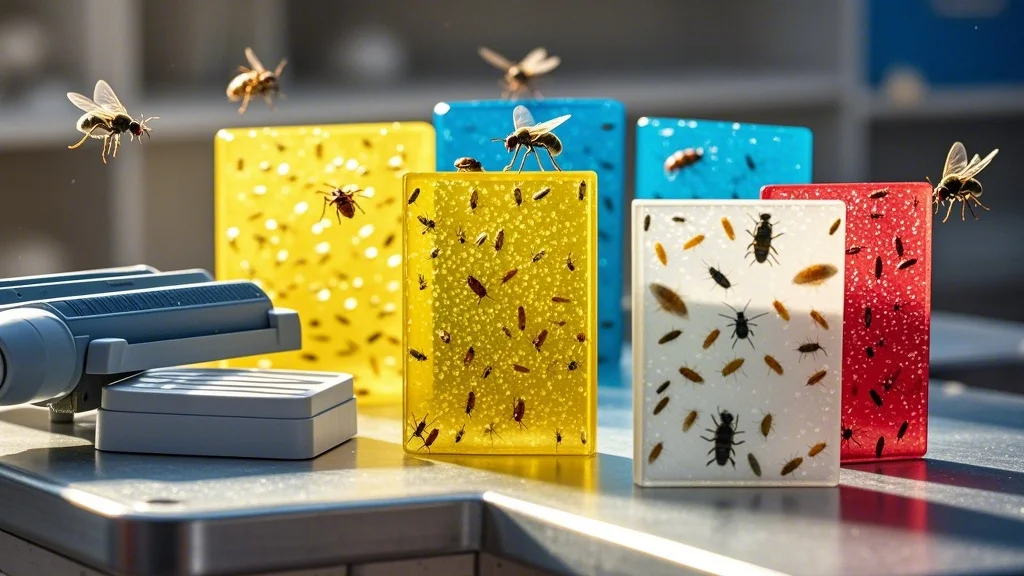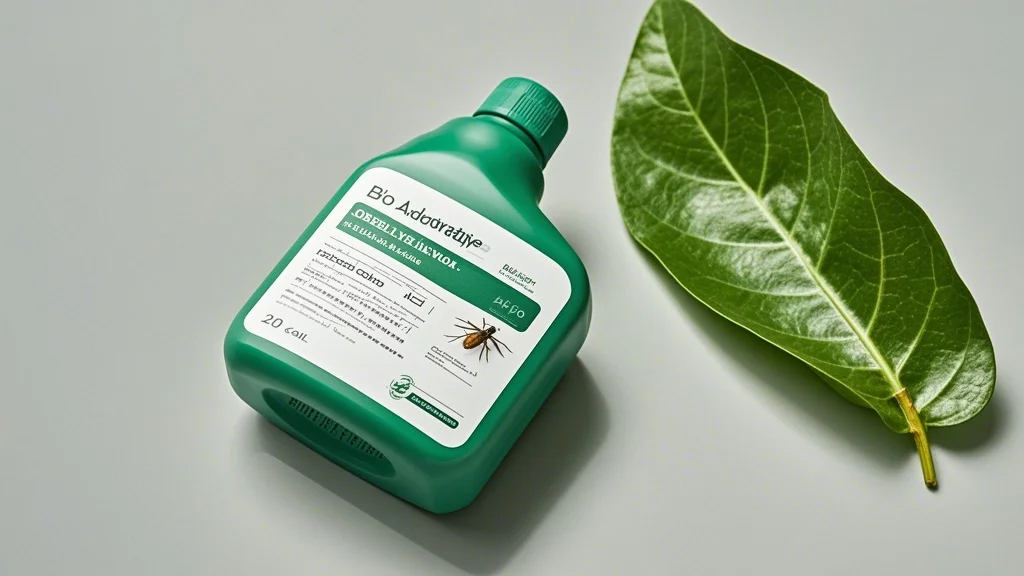As urban gardeners and houseplant enthusiasts, we strive to create thriving indoor green spaces. However, pest infestations can quickly turn our leafy havens into battlegrounds. For eco-conscious growers and pet owners, chemical pesticides are often not an option. Fortunately, nature provides us with numerous effective and safe alternatives for pest control. This guide will explore natural, DIY solutions to prevent and treat common houseplant pests, ensuring your indoor garden remains healthy and vibrant.
Contents
Understanding Common Houseplant Pests
Before diving into solutions, it’s essential to identify the most frequent offenders:
- Aphids
- Spider mites
- Mealybugs
- Fungus gnats
- Scale insects
- Whiteflies
Each of these pests has unique characteristics and behaviors, but they all share one thing in common: they can be managed using natural methods.
Prevention: The First Line of Defense
1. Maintain Plant Health
Healthy plants are naturally more resistant to pests. Ensure your plants receive:
- Adequate light
- Proper watering
- Appropriate humidity levels
- Regular cleaning of leaves
2. Quarantine New Plants
Always isolate new additions to your indoor garden for at least two weeks. This prevents potential pest introductions to your existing collection.
3. Regular Inspections
Make it a habit to inspect your plants weekly. Look for:
- Discoloration or spots on leaves
- Sticky residue on leaves or surrounding surfaces
- Visible insects or eggs
- Webbing (indicative of spider mites)
4. Proper Airflow
Ensure good air circulation around your plants. This discourages pest infestations and helps prevent fungal issues.
Natural Pest Control Solutions
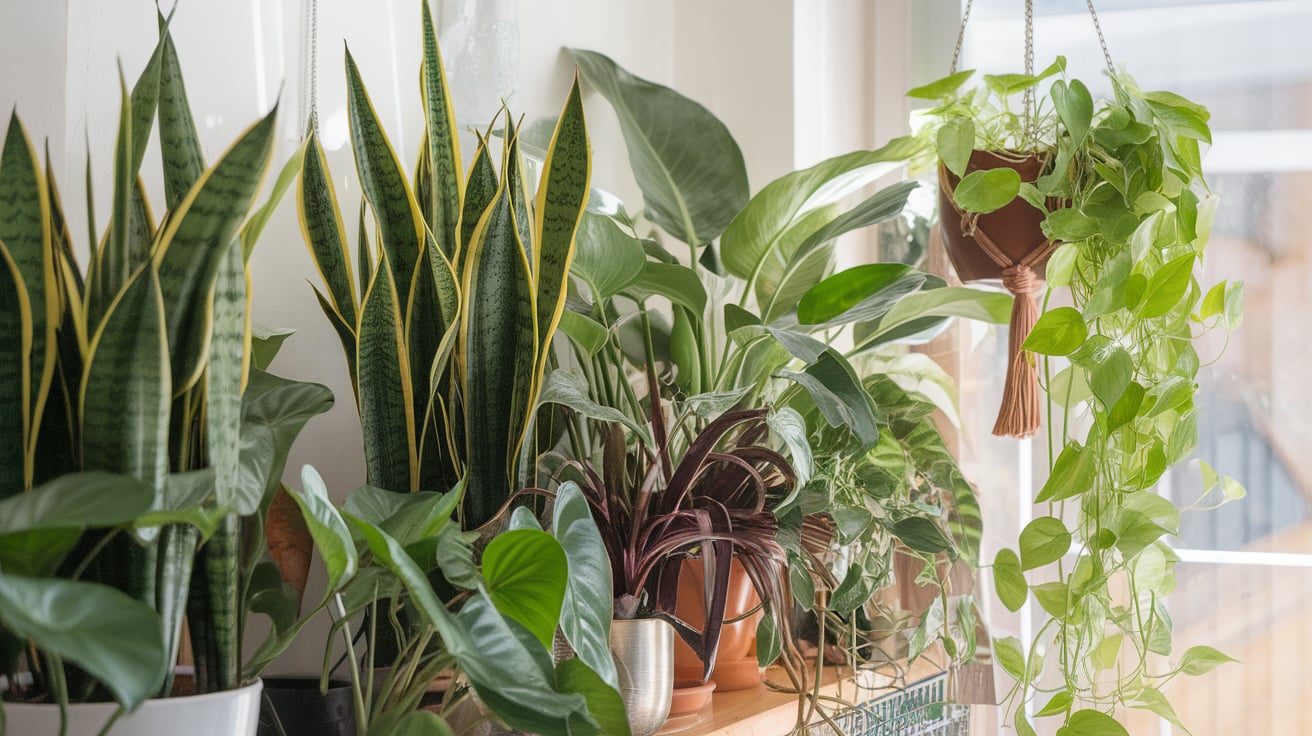
1. Neem Oil
Neem oil is a versatile, organic pesticide derived from the neem tree.
How to use:
- Mix 1 teaspoon of neem oil with 1 quart of warm water and a few drops of mild liquid soap.
- Shake well and spray on affected plants, covering all surfaces including the undersides of leaves.
- Apply every 7-14 days until the infestation is controlled.
Neem oil is effective against a wide range of pests, including aphids, mealybugs, and spider mites.
2. Insecticidal Soap
This mild solution is particularly effective against soft-bodied insects.
DIY recipe:
- Mix 1 tablespoon of pure castile soap with 1 quart of water.
- Spray directly on affected areas, ensuring thorough coverage.
- Reapply every 4-7 days as needed.
3. Diatomaceous Earth
This fine powder made from fossilized algae is lethal to insects but harmless to humans and pets.
Application:
- Ensure the plant and surrounding soil are dry.
- Dust the leaves and soil surface with food-grade diatomaceous earth.
- Reapply after watering or rain.
Diatomaceous earth is particularly effective against crawling insects like ants and roaches.
4. Garlic Spray
Garlic’s strong odor repels many pests and can even kill soft-bodied insects on contact.
DIY recipe:
- Blend 2 whole bulbs of garlic with 1 quart of water.
- Strain the mixture and add 1 tablespoon of liquid soap.
- Dilute this concentrate (1 part to 10 parts water) before spraying on plants.
5. Beneficial Insects
Introduce natural predators to control pest populations:
- Ladybugs for aphids and mealybugs
- Predatory mites for spider mites
- Nematodes for fungus gnats
These can be purchased from garden centers or online suppliers.
6. Sticky Traps
Yellow sticky traps are excellent for catching flying pests like fungus gnats and whiteflies.
DIY version:
- Cut yellow cardstock into small rectangles.
- Coat with a mixture of equal parts petroleum jelly and dish soap.
- Place near affected plants.
7. Alcohol Swab
For spot-treating individual pests, especially mealybugs and scale insects:
- Dip a cotton swab in 70% isopropyl alcohol.
- Gently dab the visible pests.
- Repeat every few days until the infestation is controlled.
8. Cinnamon Powder
Cinnamon has natural antifungal properties and can deter certain pests.
Usage:
- Sprinkle cinnamon powder on the soil surface.
- For severe infestations, make a cinnamon tea by steeping 1 tablespoon of cinnamon in 1 cup of hot water. Once cooled, use as a soil drench.
This method is particularly effective against fungus gnats.
9. Companion Planting
Even indoors, certain plants can help repel pests:
- Basil deters flies and mosquitoes
- Lavender repels moths and fleas
- Rosemary keeps away various flying insects
Consider incorporating these aromatic herbs into your indoor garden.
10. Horticultural Oils
Plant-based oils like neem, canola, or soybean oil can smother and kill insects at various life stages.
Application:
- Mix 2 tablespoons of oil with 1 gallon of water and 1 tablespoon of mild liquid soap.
- Spray thoroughly on affected plants, ensuring complete coverage.
- Reapply every 7-14 days as needed.
Targeted Solutions for Specific Pests
Aphids
- Strong water spray: Dislodge aphids with a strong stream of water.
- Ladybugs: Release these natural predators in your indoor garden.
- Garlic or onion tea: Steep crushed garlic or onions in water overnight, strain, and spray on plants.
Spider Mites
- Increase humidity: Spider mites thrive in dry conditions.
- Neem oil treatment: Apply as described earlier.
- Predatory mites: Introduce these natural enemies of spider mites.
Mealybugs
- Alcohol swab: Use as mentioned previously.
- Neem oil spray: Apply thoroughly, especially in crevices where mealybugs hide.
- Beneficial insects: Ladybugs and lacewings are natural predators.
Fungus Gnats
- Sticky traps: Use yellow sticky traps to catch adult gnats.
- Cinnamon powder: Apply to soil surface.
- Beneficial nematodes: These microscopic worms prey on fungus gnat larvae.
Scale Insects
- Manual removal: Gently scrape off visible scale with a soft brush or your fingernail.
- Neem oil: Apply thoroughly, focusing on affected areas.
- Horticultural oil: Use as described earlier, ensuring complete coverage.
Whiteflies
- Sticky traps: Yellow traps are particularly effective for whiteflies.
- Insecticidal soap: Apply as mentioned earlier, focusing on undersides of leaves.
- Companion planting: Marigolds can help repel whiteflies.
Long-Term Pest Management Strategies
1. Crop Rotation
Even for indoor plants, rotating their positions can disrupt pest life cycles and prevent reinfestation.
2. Soil Management
Healthy soil promotes robust plants that are naturally more pest-resistant:
- Use high-quality, well-draining potting mix.
- Incorporate organic matter like compost.
- Avoid overwatering, which can lead to root issues and attract pests.
3. Pruning and Sanitation
Regularly remove dead or dying plant material, which can harbor pests and diseases.
4. Natural Predator Encouragement
If you have outdoor space, encourage natural predators like birds, ladybugs, and praying mantises by creating a wildlife-friendly environment.
5. Record Keeping
Maintain a journal of pest occurrences, treatments used, and their effectiveness. This can help you identify patterns and refine your pest management strategy over time.
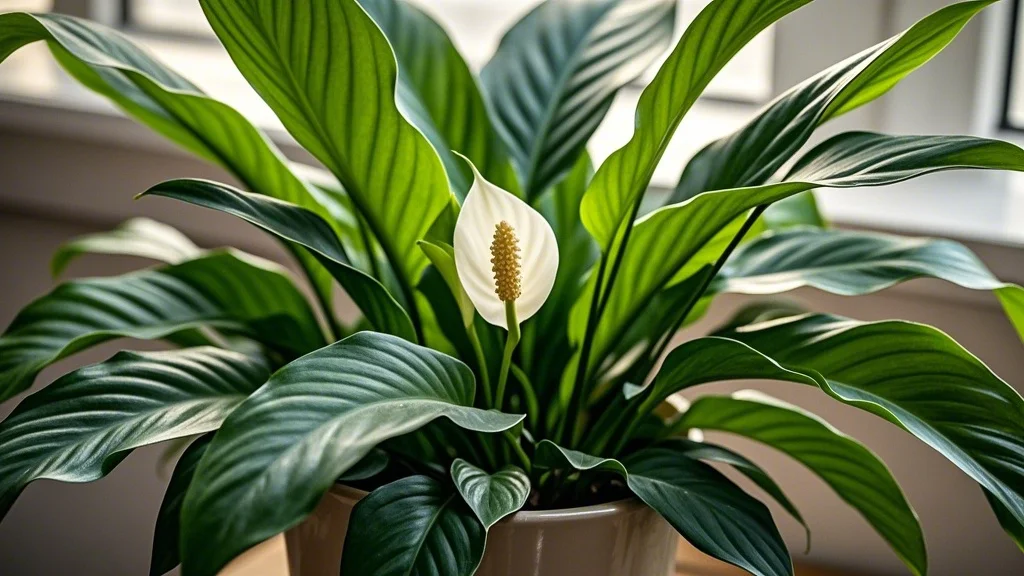
Conclusion
Managing pests in your indoor garden doesn’t have to involve harsh chemicals. By adopting these natural, DIY solutions, you can effectively control pest populations while maintaining a safe environment for your family, pets, and plants. Remember, the key to successful pest management is vigilance and early intervention. Regular inspections, proper plant care, and a proactive approach to pest control will ensure your urban oasis remains a thriving, pest-free haven.
As eco-conscious growers, we have the power to create harmonious indoor ecosystems that benefit both our plants and the environment. By choosing natural pest control methods, we’re not only protecting our beloved houseplants but also contributing to a healthier planet. Happy growing!

